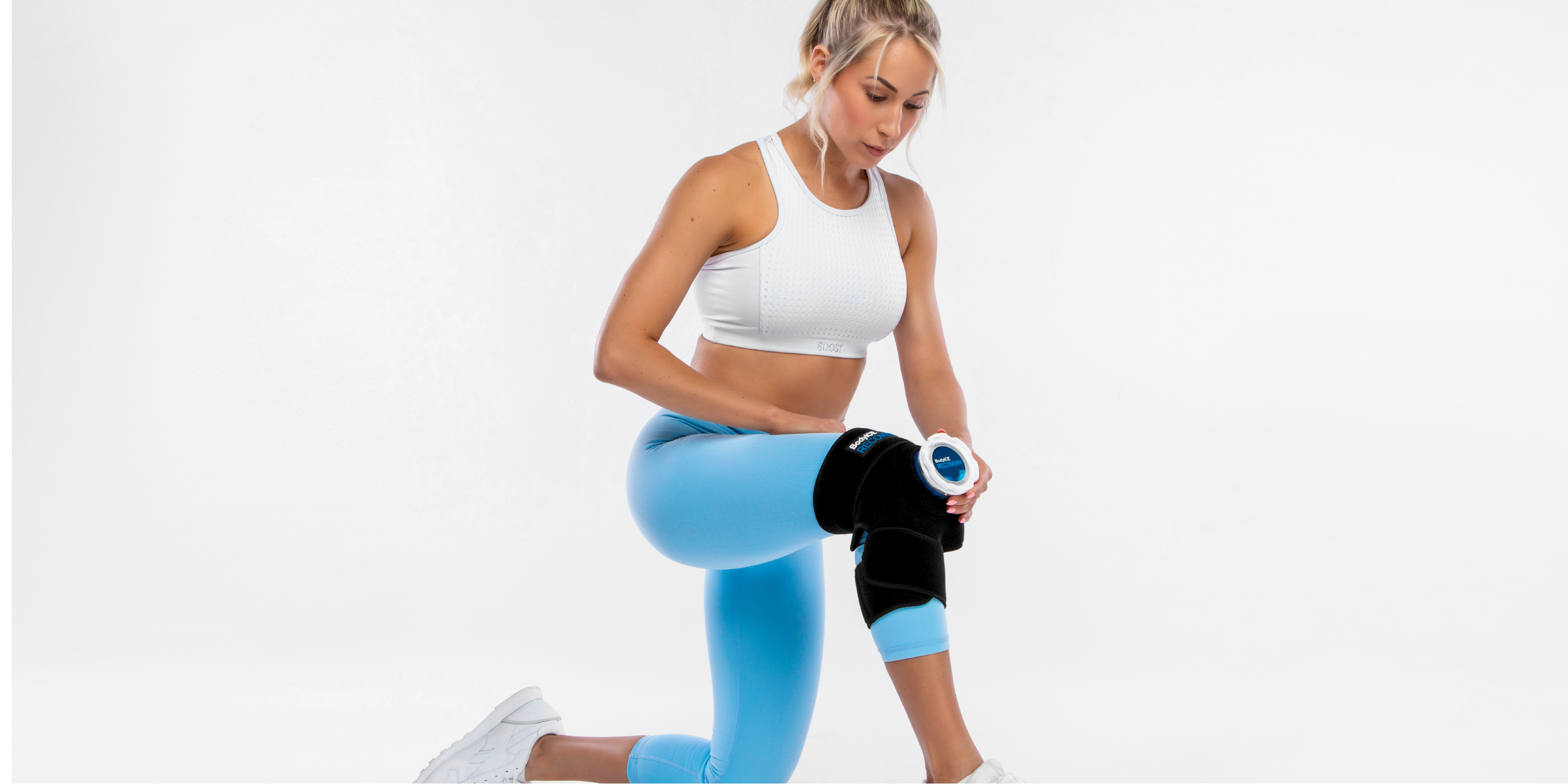Pain is subjective, meaning it is personal and experienced differently by everyone, with every woman responding and coping in different ways with labour and birth. It’s also a very unique time, in which ‘pain’ is positive - meaning that your body is working towards a positive outcome, meeting your baby. In this blog, we will explore the most common pain relief options, both non-pharmacological and pharmacological. There is no right or wrong answer; every woman and her wishes and needs are unique.
Non-pharmacological pain relief

Constant support:
Constant support from a trusted birth partner or doula for the duration of your labour can reduce anxiety and cortisol, and provide reassurance to assist with any discomfort or pain.
Movement & positioning:
Including upright positions and being able to move freely during labour, will help you cope with contractions. Try side-lying, leaning forward over a bed or your partner, kneeling on all-fours on the bed or in the shower, and squatting. Listen to your body here.
Relaxation techniques:
Will allow your body to release oxytocin and natural pain-relieving endorphins. Breathing techniques will help you ride the waves of each contraction and focus on something, with or without music to guide you.
Heat:
in the form of heat packs or warm water is a simple and convenient way to ease discomfort in labour. Try heat packs on your lower back; the BodyICE heat pack, can be a great addition to labour and those first few months postpartum with back pain (this design helps deliver cold or heat therapy). Use code Bumpnbub30 for 30% off BodyICE entire range! A warm shower can also be relaxing at any point during your labour.
Warm water:
Warm water immersion is a popular way to cope with contractions in labour. RANZCOG state a warm bath significantly reduces pain and tension in your muscles and pelvis, as well as helping to release those natural pain-relieving endorphins.
Sterile water injections
These are a great non-pharmacological pain relief if you experience severe back pain in labour. Sterile water injections involve a small needle containing sterile water being injected just under the skin into several different points on your lower back. At the time of the injection, you will feel an intense stinging sensation, like a bee sting, that will quickly pass, and then provide relief of back pain for a few hours without any side effects for you or your baby.
Transcutaneous electrical nerve stimulation (TENS):
A TENS machine is a small portable device that attaches to pads placed on your lower back. The machine sends electrical pulsations to the pads on your back, which interrupt the pain pathway when you are experiencing contractions, so your brain is distracted from the contractions. Using a TENS machine is very safe, with no side effects for you or your baby.
Pharmacological Pain Relief Options:
Nitrous oxide

Gas is a combination of nitrous oxide and oxygen, with your midwife being able to control the strength. You breathe the gas in through a mask or mouthpiece during a contraction, intending to take the edge off the pain. The gas takes up to 15 seconds to work, so it is important to inhale it as soon as you feel a contraction. The gas is great to use if you are still wanting to be active in labour and gives you something to focus on during each contraction. There are no effects of the gas for your baby, but it can make some women feel dizzy, and nauseated and often gives you a dry mouth.
Morphine:
Morphine is a narcotic, or very strong pain killer, given via intramuscular injection into your leg or bottom, which is effective in relieving pain. Morphine cannot be given if you are close to giving birth due to it crossing the placenta and having an effect on your baby’s breathing, so for this reason it is only used in early labour. Morphine can help your body relax, as well as take away some of the pain.
Epidural:

This is the strongest and most effective medical form of pain relief. It completely blocks the pain impulses and numbs painful sensations from your waist down. An epidural is a procedure performed by an anaesthetist and consists of an injection of local anaesthetic and a thin tube inserted into your lower back, which provides you with a constant infusion of anesthetic medication. The medication that will run through your epidural will mean you won’t be able to feel any contractions or pain for the rest of your labour and birth. You should still have some movement in your legs, but they might feel heavy and tingly. The anaesthetist will explain the procedure to you as well as the risks and side effects.
After the epidural is inserted, your midwife will monitor your blood pressure and observations. You will have an intravenous drip placed into your hand for extra fluids, and your baby’s heart rate will also be continuously monitored by a CTG machine. It is also recommended practice to have a catheter inserted into your bladder until after you give birth as you will not experience the sensation of a full bladder, and it is vital to keep your bladder empty during and after childbirth.
It’s important to remember that no matter what you decide - you should feel in control and informed along the way. Ask your midwife or OB ALL the questions you need to.
This blog is general advice only and does not replace the need for individual medical advice. Blog written by midwife Aliza Carr.





Leave a comment
All comments are moderated before being published.
This site is protected by hCaptcha and the hCaptcha Privacy Policy and Terms of Service apply.